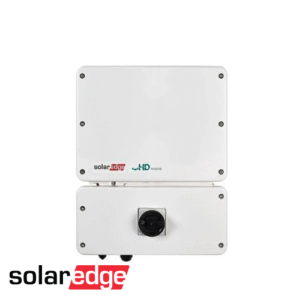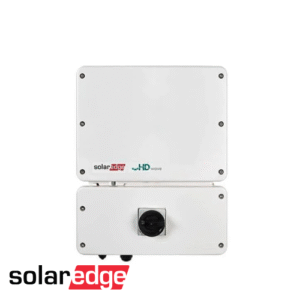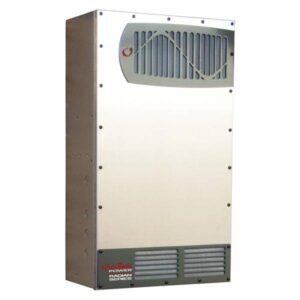Need help? Call us:
+1 1800 212 3434
OutBack Power VFXR VFXR2812A 2.8kW Battery-Based Inverter
$2,115.26
45 people are viewing this product right now
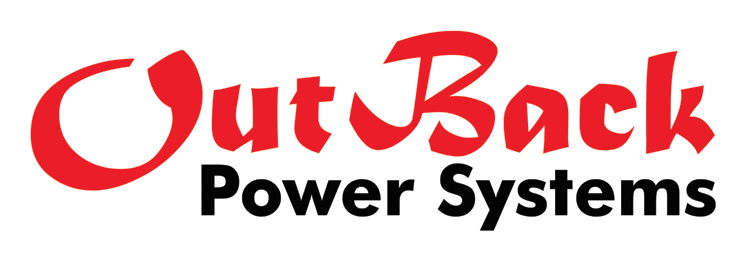
Available on backorder

Out, VFXR2812A Battery Inverter, 2800W, 120VAC, 60Hz(50Hz) selectable, 60A AC input, 12VDC, Sinewave, Grid Tied, 5 Yr Warr, 125A Charger, with BTS, VFXR2812A
With the new Out Power FX-R Renewable Hybrid inverters, you’re no longer locked down into only a single type of electrical system. Traditionally, most inverters are designed to work as either off-grid or grid-interactive power systems. Out has changed the rules and developed a single inverter that’s capable of both. Besides the extra features and versatility, some people may wonder if they need an inverter that can do both. As an example, let’s say you’re in a rural part of the country and you can only install an off-grid solar power system. However, the local utility company plans on connecting your property to the electrical grid within a few years. With a new hybrid inverter, you can run your system off the grid for years, and then easily switch your system over to grid-interactive once the utility company has connected your service. This will save you thousands of dollars in equipment and labor to upgrade your house to a grid-tie system. All you have to do is simply reprogram the inverter for grid-tie connectivity. Another example of why you may want to consider a hybrid inverter is if you install a grid-interactive system but then you want to go off the grid at some point in the future. If the electrical company keeps raising your rates, you will have the option of taking your system off the grid. Having the option to easily go off-grid is a great way to stay one step ahead of your utility company.
In addition to all the greatest features of the Out VFX series inverters, the VFX-R series boasts some of the best new features available on this class of inverters. This includes GridZero technology, advanced battery charging, seven programmable operation modes, and remote monitoring and control with OPTICS RE via MATE 3. The vented VFX-R models are available in 2,800 watts, 3,500 watts, and 3,600 watts, and 12 to 48 volts DC. The modular and stackable design allows up to 10 inverters to be connected in a grid-tie system.
| Weight | 66 lbs |
|---|---|
| Dimensions | 22 × 13 × 23 in |
Related products
SolarEdge Energy Hub HD-Wave SE10000H-USSNBBL14 10.0kW Battery-Based Inverter W/RGM
SolarEdge Energy Hub HD-WAVE SE7600H-USMNBBL14 7.6KW 1-PH Inverter
SolarEdge HD-WAVE SE7600H-US 7.6KW 1-PH Inverter
OutBack Power GS8048A-01 8.0kW Battery-Based Inverter
Fronius Primo Lite 7.6-1 208/240 TL Grid Tied Inverter
$4,359.00 Original price was: $4,359.00.$3,399.25Current price is: $3,399.25.
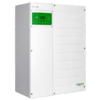
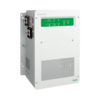
$2,450.00 Original price was: $2,450.00.$1,659.99Current price is: $1,659.99.
By using this website you agree to our Privacy Policy.





